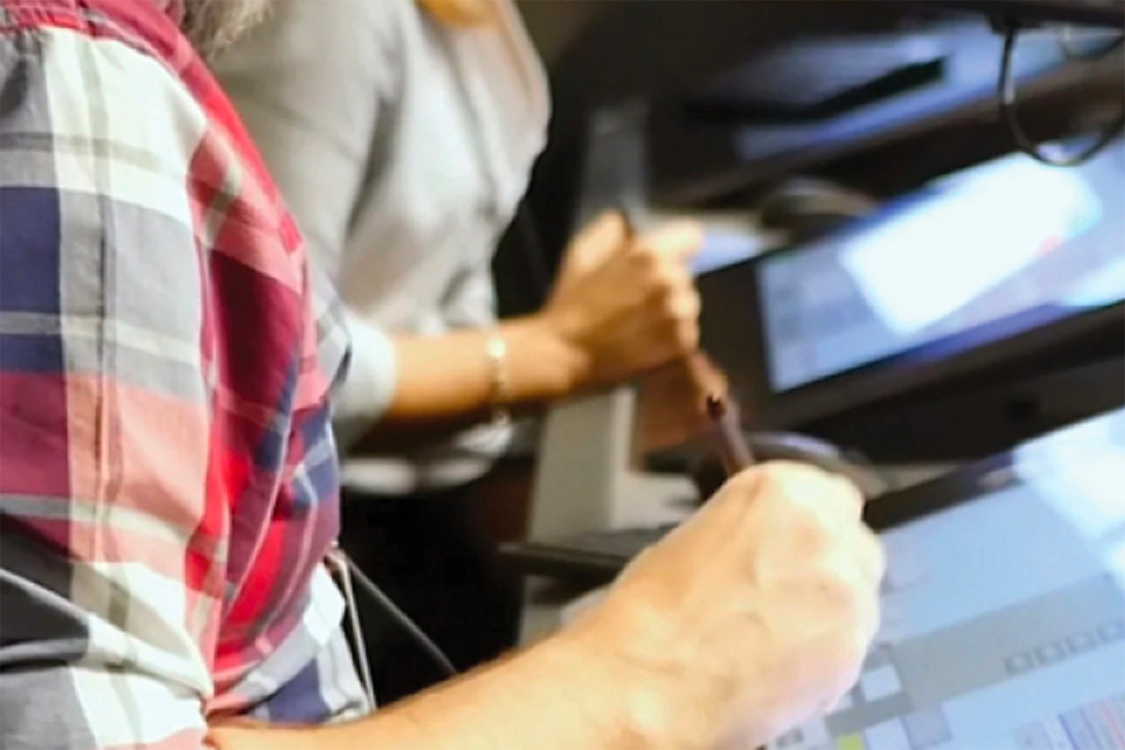Airspace Q2 2019 – Working together to advance aviation

Kevin Shum, Director-General, Civil Aviation Authority of Singapore (CAAS) and Chair, CANSO Asia Pacific, shares his thoughts on why the region should invest in its people and prepare them for future challenges.
Today, millions of aviation professionals around the world dedicate themselves to keeping aircraft and passengers safe and efficient. However, it is not enough. The International Civil Aviation Organization (ICAO) expects that by 2036, the industry will need an additional 620,000 pilots, 125,000 air traffic controllers and 1.3 million engineers and technicians.
The rising demand for skilled aviation professionals will come at a time when there is stiffening competition for talent across the region and from other sectors. The Asia Pacific air navigation service provider (ANSP) community will therefore need to develop a pipeline of aviation professionals who are qualified and competent to operate, manage and maintain our air traffic management (ATM) systems.
Breaking new ground
The ANSPs in the Asia Pacific region are diverse. Some employ thousands of aviation professionals while others employ several dozen. Some are part of the transport ministries and civil aviation authorities while others are set up as separate organisations. However, we face the same challenge of ensuring that we have sufficient, well-qualified aviation professionals to move us into the future.
To do so effectively, our future workforce will have to be equipped to handle the challenges and technologies of the future. There are fundamental technological shifts ongoing in our industry. They include the quickening pace of digitisation, and the challenges of cyber threats. New technologies will in turn lead to associated improvements in our concepts of operation, techniques, and procedures that will allow us to fully benefit from the benefits of technology while mitigating the associated risks.
Digital towers are one example of a technology shift. They are being explored by many Asia Pacific ANSPs such as Airways New Zealand, the Civil Aviation Authority of Singapore (CAAS), Hong Kong Civil Aviation Department (HK CAD), and AirNav Indonesia. They offer the potential for increasing capacity and safety, reducing workload, enhancing operational resilience, augmenting current ATM solutions and consolidating regional tower operations.
Having a digital tower means moving away from bricks and mortar air traffic control towers to a location where real-time surveillance of the aerodrome is done using high definition cameras. Advancements in camera technologies mean that we can improve our visibility in all weather conditions, enhance our line of sight through camera placements and enable heightened visibility at night.
However, air traffic control officers’ (ATCOs) acceptance is key to the success of the digital tower concept. In CAAS, a team of 16 ATCOs participated in the design and configuration of the prototype. This ensured that the prototype met the operational requirements and incorporated insights peculiar to the aerodrome even before operational evaluation through shadow mode operations.
Innovation is key
We also need to empower our people to work together to innovate new solutions, customised to the unique circumstances of ANSPs in the Asia-Pacific. There are already many examples of this, an excellent one of which is air traffic flow management (ATFM) using a distributed multi-nodal network. This is a concept developed by ANSPs in our region that has demonstrated meaningful outcomes and is now being adopted in other regions.
The distributed multi-nodal network concept started small with AEROTHAI, CAAS and HK CAD but has since grown to include 11 Asia-Pacific ANSPs and 37 airports. Our community is committed to working together because we all recognise that the nature of international civil aviation requires that all of us to work together. This allows all partners to optimally serve air traffic within our respective areas of responsibility. I hope that more can join in as a bigger network of players has the potential to further enhance operational efficiency and increase capacity.
All the stakeholders are sharing information and tweaking their business processes to enhance demand-capacity balancing. Workshops and meetings have been held to introduce the concept to refine the existing processes; and as a platform to discuss the next steps ahead. Key partners like ICAO, CANSO, and the International Air Transport Association (IATA) have also been asked to contribute their expertise and knowledge.
Investing in our people together
There are many other opportunities for business and new collaborative models that can help us address air traffic management challenges together.
At the recent Asia Pacific CANSO CEO Committee (APC3) meeting in Madrid in March this year, Airways New Zealand took the lead to initiate a discussion on training collaboration. This stemmed from the CEO workshop we had in June last year, which among others, identified training as a means to ensure that “no ANSP was left behind”.
Insights were provided on market, digital and industry trends within an ANSP context, followed by an outline of the current state of training and the challenges. Many compelling reasons were cited as to why we should collaborate in training. We can achieve better business outcomes; have greater focus and concentration of effort; achieve benefits of scale; share costs; share on specialist expertise; leverage on technology as an enabler; and improve safety.
Two different collaboration models were raised for discussion. The first was to set up a separate training academy with shareholders and branded as a unique entity. The second was an alliance model whereby the stakeholders work together on pre-defined areas of mutual benefit but still retain their own individual branding. The CANSO Asia Pacific region is looking into both models. These have the potential to shape the future collaborative nature of training, which is an important pillar of seamless ATM for the region.
Ultimately, our people are at the core of what we do. We must continue to invest in their development and ensure a sustainable supply of skilled professionals.



